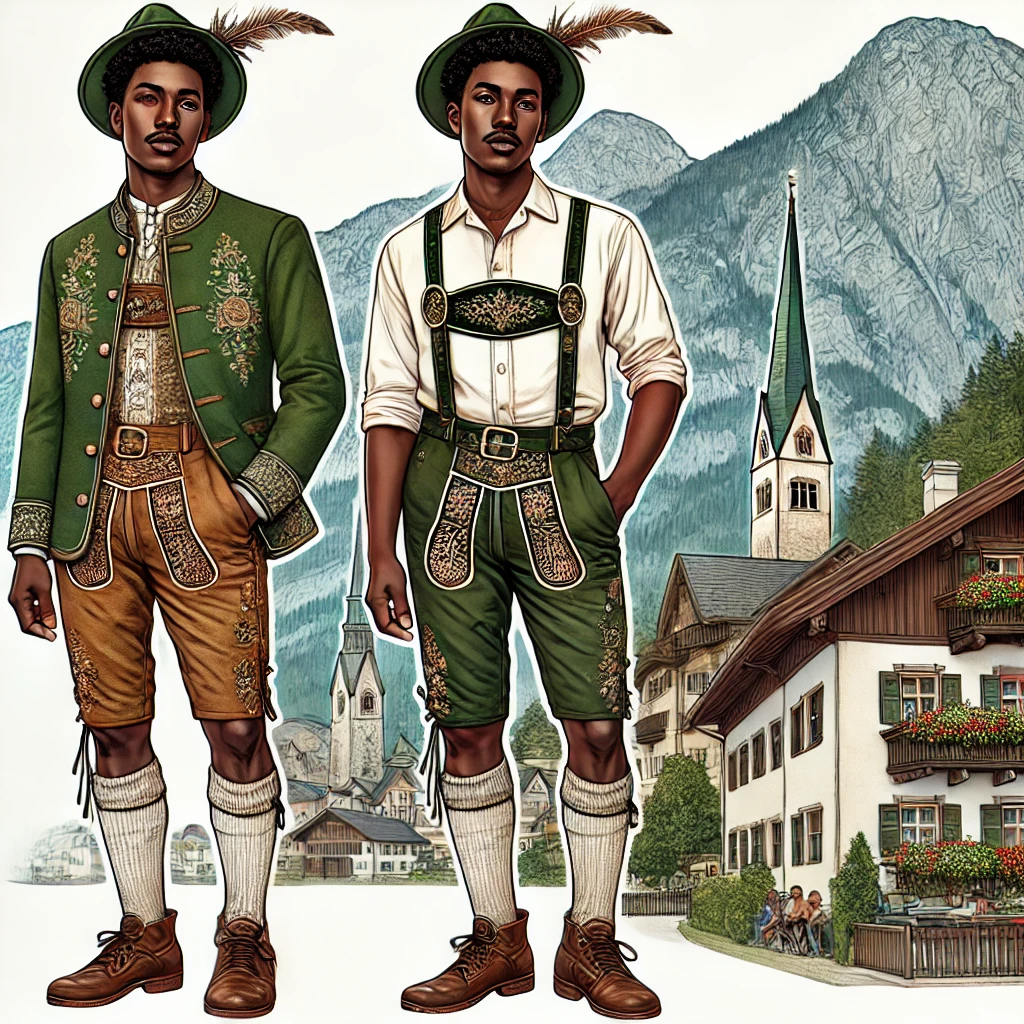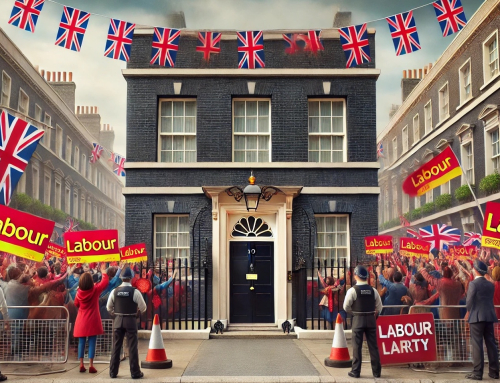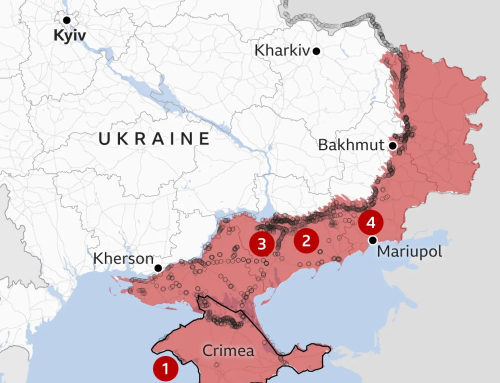A Delicate Relationship
BY Jochen Ressel
The world is on the move, and so are its citizens. In Europe, nearly every country is now home to people from a diverse range of geographical regions. These individuals bring with them various value systems, distinct lifestyles, and associations with behaviours that may seem entirely straightforward to us, but which carry different meanings for them. They also represent a wide array of religious beliefs and orientations. Politicians are often asked by citizens in a very simplified way to ensure successful integration, whereby many mean by this that people streaming into Europe should quickly adapt to our lifestyle and our understanding of values.
Yet, when they attempt to do so, they may be accused of ‚cultural appropriation,‘ just as Europeans are when they wear clothing from other cultures. For instance, debates have arisen over which carnival costumes children are still permitted to wear, or which literature is still acceptable today. However, little discourse exists regarding what cultural appropriation means in the context of integration, and whether the two concepts are interrelated.
This blog aims to prompt you to think about this and form your own opinion, which we would very much like to read in your comments.
Integration
The term ‘integration’ generally describes a dynamic, long-term, and highly nuanced process of coming together and growing together. It suggests that migrants and immigrants can participate in society without being forced to abandon their cultural identities. This may be achieved by learning the local language, adapting to certain social norms, and engaging in economic, social, and political life. This is a simplified version of the definition given by sources such as the German State Dictionary or the German Federal Ministry of the Interior and Homeland.
Cultural Appropriation
The Cambridge Dictionary defines ‘cultural appropriation’ as ‘the use of things from a culture that is not one’s own, without showing that this culture is appreciated or respected.’ It refers to a process in which elements of one culture are adopted by members of another culture, often without considering the original meaning or cultural context. This can be particularly problematic when the culture from which these elements are taken has historically been suppressed or marginalised. Cultural appropriation is often seen as disrespectful, especially when those adopting the elements are in a position of power.
The Relationship Between Integration And Cultural Appropriation
- Tension between adaptation and respect: While integration often necessitates adapting to the new culture, this can create tension when migrants or immigrants see elements of their own culture being adopted by the majority society without recognition of the cultural background or significance of these elements. This is often perceived as cultural appropriation.
- Cultural exchange versus appropriation: Ideally, integration involves mutual cultural exchange, where both sides learn from and benefit each other. However, if this exchange is one-sided – such as when the majority society adopts cultural symbols, practices, or products without respecting the values and traditions behind them – it can be viewed as cultural appropriation.
- Power structures: Power dynamics play a critical role. When a dominant group adopts cultural elements from a marginalised group, it can reinforce inequality and undermine the marginalised group’s efforts to integrate. This can also give the impression that the dominant culture is more interested in exploiting exotic or ‘interesting’ elements of other cultures rather than fostering deep integration.
- Feelings of alienation: It can be hurtful for migrants when their cultural symbols or practices are adopted by the majority society without understanding or respect. This can exacerbate feelings of alienation and isolation, making integration more difficult.
Refusal to Integrate as an Additional Complexity
Refusal to integrate presents a significant challenge to social cohesion. When individuals consciously choose not to integrate into society, this not only leads to social tension but also fosters the development of parallel societies. Understanding the reasons behind this refusal is key. Often, it stems from feelings of marginalisation or discrimination (possibly due to cultural appropriation), which cause migrants to cling more tightly to their own cultural identities. However, refusal to integrate can also arise from ideological reasons or a conscious rejection of the host society’s values.
Responsibility lies not only with individuals but also with society and its institutions. If the state and society do not offer sufficient opportunities for participation or fail to implement effective integration policies, feelings of rejection can grow on both sides. Therefore, it is essential to make integration opportunities attractive while also setting clear expectations regarding the willingness to participate. Integration is a mutual process that demands openness and effort from both sides. Only then can peaceful and harmonious coexistence be achieved
Conclusion
Integration and cultural appropriation are linked, as both pertain to the ways different cultures come into contact and interact. While integration is a gradual process that encourages different cultural groups to grow together – often over generations – cultural appropriation can hinder this process if it occurs without respect and understanding. Thus, a respectful and equitable cultural exchange is crucial for successful integration.
Therefore, when the Austro-British Society (ABS) hosts events with an ‚Ascot-style dress code‘ for example, this is not cultural appropriation. As Austrians – and as ABS Members in particular – we understand and respect the culture behind it, and no one’s integration efforts are being undermined. There have been no reports of ’natives‘ feeling offended. However, if we were to mock a particular group in the UK through a dress code, the situation would be quite different. The ABS has therefore developed a heightened awareness and mindfulness to ensure that no feelings are hurt. Instead, we aim to promote mutual cultural exchange.
At various events, and through ABS Policy papers and ABS Blog articles, we explain customs, provide historical context, and cultural differences between the UK and Austria, while we highlight what we have in common and how we can use our mutual understanding for making a better world. The feedback we receive strongly suggests that the ABS has contributed positively to bilateral dialogue in our country, and we intend to continue this path with respect and consideration.
The ABS is looking forward to receiving your views and comments!







